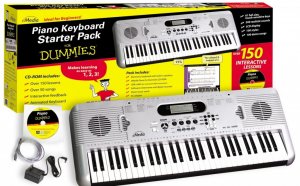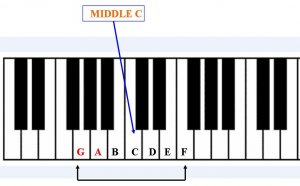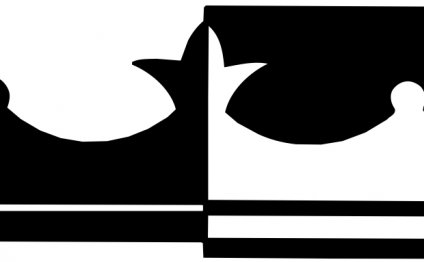
Beginner piano lessons sheet music
Learning how to play piano by ear and apply it to what you see on a keyboard is a lot easier if you can read notes. Being able to read sheet music allows you to visualize what you are hearing and translate it to the piano more effectively.
In order to learn to read sheet music we are going to go back to our old friend, Middle C. Piano music has two sets of horizontal lines. These are called staffs. The vertical lines that break up the staffs are called bar lines, and the segments that they make up are called measures. The top of the two staffs is called the Treble Clef, and represents all of the notes above Middle C. The bottom of the two staffs is called the Bass Clef, and represents all of the notes below Middle C.
Because Middle C divides the staffs, it is obvious that the note in the very middle of the two is Middle C. Let's move up to the bottom line of the treble clef. A note on this line is an E. As we move up the lines of the staff the notes represented are G, B, D, and F. Those are the notes that are on the lines of the treble clef. You can remember the order by using the phrase [E]very [G]ood [B]oy [D]eserves [F]udge. The notes that fall in between the lines of the staff are the notes that fall between its notes. Between the E and G lines is an F, between the G and B lines is an A, between the B and D lines is a C, and between the D and F lines is an E. It is easy to remember the notes that fall in between the lines because they are F, A, C, E. They spell a familiar word. So you know to remember the treble clef you need the phrase “every good boy deserves fudge” and the word “face”. Now I'm going to show you how to read the bass clef.
As I mentioned earlier the bass clef is made up of all of the notes below Middle C. Let's go ahead and start at the very last line on the bass clef, like we did for the treble clef. That bottom note on the bass clef is G. As the lines go up the staff the notes are B, D, F, A. We can remember the names of the notes on the bass clef's staff lines by changing the phrase from the treble clefs lines a little. The phrase for the bass clef is [G]ood [B]oys [D]eserve [F]udge [A]lways. Like the treble clef, we can simply use the C major scale to find the remaining notes on the bass clef. In between G and B is A, between B and D is C, between D and F is E, and between F and A is G. These notes, A, C, E, G, don't spell a word like face, but we can use another phrase to remember them. Something like [A]ll [C]ows [E]at [G]rass. Now you know how to read most of the notes on a piece of sheet music, but what about sharps and flats?
Say we wanted to make a G sharp. We would put the note on the staff and beside it we would place the symbol for sharp, which looks similar to the symbol for number, #. To indicate that a note is a flat, we do something very similar, using the symbol for a flat. A flat is represented by a symbol that looks a lot like a lowercase b. You can see it in the video, or will likely run across it in much of the sheet music you may encounter.
YOU MIGHT ALSO LIKE

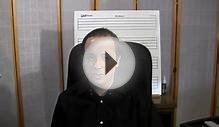
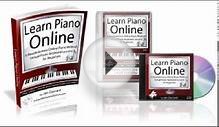
Share this Post
Related posts
Keyboard for Beginner piano lessons
How much does it cost? $6, –$10, + $4, –$8, $600–$2, $100–$1, How much space does it take up? 5 feet wide, 5–8 feet long…
Read MorePiano Beginner lessons
Learning to play the piano can be exceptionally beneficial to young children. Many parents look to sports to develop their…
Read More
